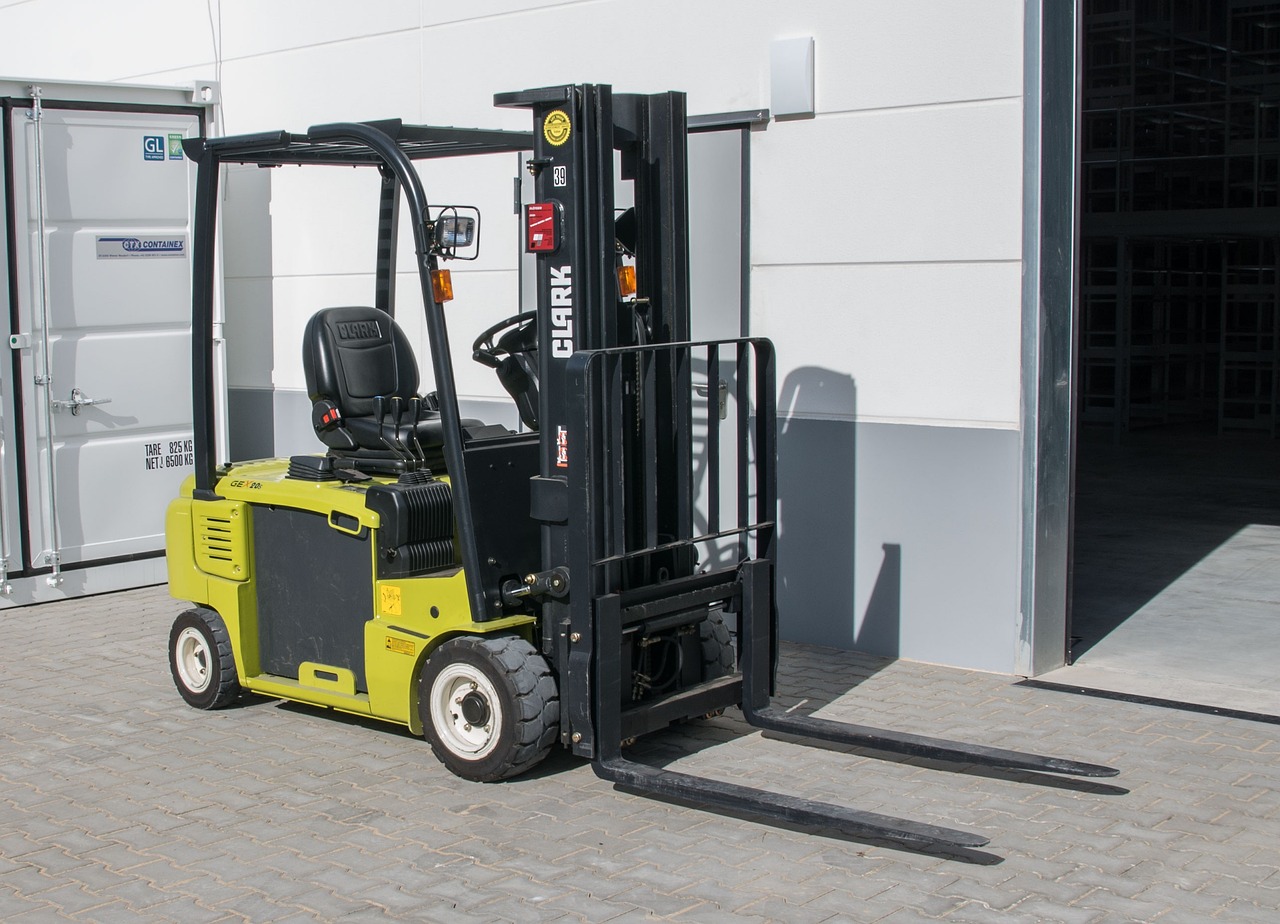Equipment Inspection Best Practices and Common Mistakes
Learn proven inspection methodologies, avoid common pitfalls, and implement best practices that maximize safety and compliance while minimizing time and effort.

Equipment inspections serve as the frontline defense against accidents, breakdowns, and compliance violations—yet many organizations struggle with inspection quality, consistency, and efficiency. Common issues include rushed inspections that miss developing problems, checkbox mentality that fails to identify actual deficiencies, incomplete documentation that cannot withstand audit scrutiny, and operator resistance that undermines program effectiveness.
Implementing inspection best practices transforms this critical safety activity from a time-consuming burden into an efficient, value-generating process that actually prevents problems rather than simply documenting compliance. Organizations following these practices report 40% faster inspection completion, 65% better deficiency detection, and near-perfect documentation quality during audits.
The Three Pillars of Effective Inspections
Quality inspections rest on three fundamental pillars: consistent methodology, operator engagement, and systematic follow-up. Weakness in any pillar undermines overall program effectiveness regardless of strength in other areas.
Consistent Methodology
- •Standardized Checklists: Comprehensive checklists covering all safety-critical systems and components, customized for specific equipment types
- •Logical Sequence: Inspection flow following equipment design to prevent overlooking areas and maximize efficiency
- •Clear Criteria: Specific definitions of acceptable versus deficient conditions eliminating subjective interpretation
- •Appropriate Detail: Balance between thoroughness and efficiency—detailed enough to catch problems, streamlined enough to complete within reasonable timeframes
- •Version Control: Periodic checklist review and updates based on failure analysis, regulatory changes, and best practice evolution
Operator Engagement
- •Purpose Understanding: Operators who understand why inspections matter perform them more thoroughly and consistently
- •Skill Development: Training operators to recognize early warning signs and understand equipment systems
- •Accountability: Clear expectations and monitoring of inspection quality, not just completion
- •Positive Reinforcement: Recognition when inspections catch developing problems before failures occur
- •Feedback Integration: Mechanisms for operators to suggest checklist improvements based on field experience
Systematic Follow-Up
- •Immediate Action: Deficient equipment removed from service until repairs completed
- •Clear Accountability: Defined responsibility for deficiency resolution and timeline expectations
- •Status Tracking: Visibility into open deficiencies preventing items from falling through cracks
- •Trend Analysis: Regular review of deficiency patterns identifying recurring issues requiring systematic solutions
- •Closed-Loop Verification: Confirmation that repairs actually resolved identified problems
Inspection Trap: Inspections that identify deficiencies without systematic follow-up create legal liability by documenting known hazards not addressed. Better to fix than to document and ignore.
Common Inspection Mistakes and How to Avoid Them
Analyzing thousands of inspection programs reveals recurring mistakes that undermine effectiveness. Understanding these pitfalls and implementing countermeasures prevents common failure modes.
Top 10 Inspection Mistakes
- •Checkbox Syndrome: Rapidly marking "pass" without actual inspection. Countermeasure: Spot-check inspections and require specific deficiency descriptions, not just checkboxes
- •Rushed Inspections: Time pressure leads to cursory reviews. Countermeasure: Allocate sufficient time, typically 5-10 minutes for thorough pre-operational inspection
- •Overlooking Developing Issues: Missing early warning signs of impending failures. Countermeasure: Train operators on what developing problems look like (gradual changes, unusual sounds, minor leaks)
- •Incomplete Documentation: Vague deficiency descriptions impossible to act upon. Countermeasure: Require specific descriptions including location, severity, and photos when available
- •Inconsistent Standards: Different inspectors applying different criteria. Countermeasure: Clear pass/fail definitions and periodic inter-rater reliability checks
- •Poor Lighting: Inspecting in inadequate lighting missing visible defects. Countermeasure: Ensure inspection areas are properly illuminated or provide flashlights
- •Familiarity Blindness: Regular operators not noticing gradual degradation. Countermeasure: Periodic inspections by fresh eyes (supervisors, maintenance team)
- •Ignoring Fluid Levels: Failing to check critical fluids or inspect for leaks. Countermeasure: Checklist emphasis and training on fluid system importance
- •Skipping Operational Tests: Visual-only inspections missing functional problems. Countermeasure: Mandatory operational checks of all safety-critical systems
- •No Deficiency Feedback: Operators not learning whether their reported issues were actual problems. Countermeasure: Feedback loop showing resolution of reported deficiencies
Optimizing Inspection Efficiency
Effective inspections need not be time-consuming. Properly designed processes deliver thorough inspections in 5-8 minutes for typical forklifts, significantly faster than the 15-20 minutes common with poorly designed paper systems.
Efficiency Best Practices
- •Logical Inspection Sequence: Flow checklist to match natural inspection path around equipment, minimizing backtracking
- •Digital Inspection Tools: Mobile apps or tablets eliminating paper handling, automatic timestamps, and instant deficiency reporting
- •Photo Integration: Quick photos of deficiencies providing clarity without lengthy written descriptions
- •Pre-Populated Data: Equipment ID, inspector name, and date auto-filled reducing data entry
- •Conditional Logic: Checklists that adapt based on responses, asking follow-up questions only when relevant
- •Quick Pass Options: Ability to rapidly confirm normal operation for items without issues while requiring detail on deficiencies
Digital Advantage: Organizations implementing digital inspection systems report 50% reduction in inspection time while simultaneously improving inspection thoroughness and documentation quality. Technology drives both efficiency and effectiveness.
Quality Control and Continuous Improvement
Inspection programs require ongoing quality monitoring and refinement to maintain effectiveness. Without active management, programs drift toward checkbox exercises that provide compliance appearance without actual safety value.
Program Quality Monitoring
- •Completion Rate Tracking: Monitor inspection compliance by equipment, shift, and operator
- •Inspection Duration Analysis: Identify too-fast inspections suggesting insufficient thoroughness
- •Deficiency Rate Monitoring: Track deficiency identification rates to identify potential under-reporting
- •Spot Verification: Random re-inspection of equipment to verify reported conditions
- •Feedback Collection: Regular operator input on checklist effectiveness and improvement opportunities
- •Outcome Analysis: Correlation between inspection findings and subsequent failures or maintenance discoveries
Advanced Inspection Techniques
Beyond basic visual and operational checks, advanced inspection techniques provide deeper insights into equipment condition and impending failures.
Enhanced Inspection Methods
- •Fluid Sampling and Analysis: Periodic laboratory analysis of hydraulic fluid and lubricants revealing internal component wear
- •Thermal Imaging: Infrared cameras identifying developing electrical connection issues and bearing problems through temperature anomalies
- •Vibration Analysis: Portable vibration meters detecting bearing wear, alignment issues, and component imbalance
- •Load Testing: Periodic verification that equipment can safely lift and handle rated capacities
- •Structural Inspections: Annual detailed examination of mast, overhead guard, and structural components for cracks or deformation
- •Chain Measurement: Regular chain stretch measurement using precise gauges rather than visual assessment alone
Inspection excellence represents an achievable goal for any organization willing to invest in proper processes, tools, and training. The returns—measured in prevented accidents, avoided breakdowns, reduced costs, and improved compliance—far exceed the modest investments required to transform inspections from perfunctory checkboxes into powerful safety and reliability tools.
Related Resources

Comprehensive OSHA Compliance Guide for Equipment Inspections
Master OSHA 1910.178 requirements with our complete guide to forklift and crane compliance, inspection protocols, and regulatory best practices.

Staying Current with Regulatory Compliance Updates and Changes
Navigate the evolving landscape of OSHA regulations, industry standards, and compliance requirements with strategies for staying informed and quickly implementing changes.
Ready to Transform Your Inspections?
Start your free 14-day trial and see how ForkliftTracker streamlines OSHA compliance.